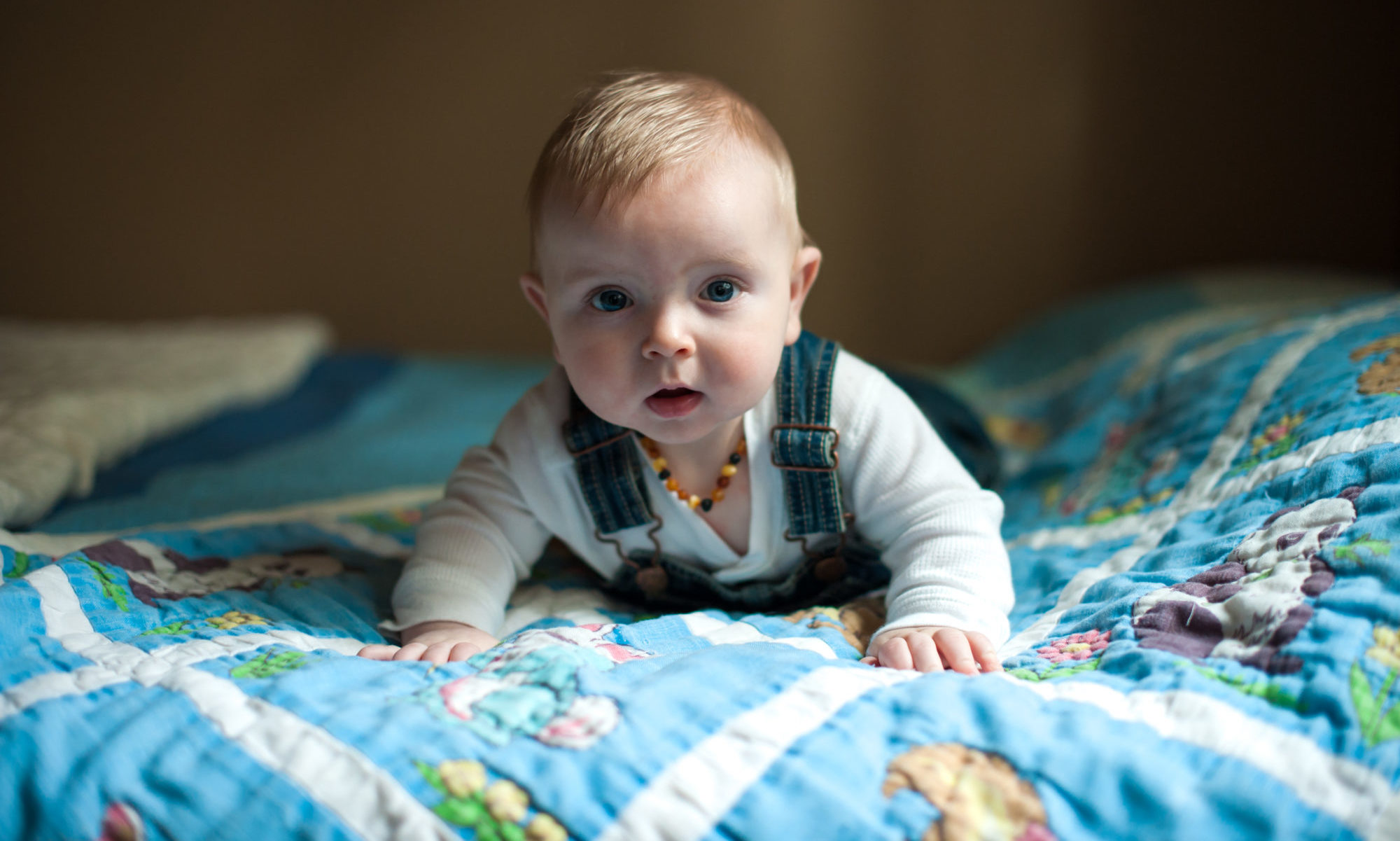“Dagny III” by Christee Cook
Have you ever noticed that when a child cries, often the first things out of our mouths are things like, “You’re OK” (minimizing their experience) or “Oh no! Don’t cry!” (asking them to deny their experience) or even, “What’s wrong?!” (asking them to think about and describe the upsetting event).
None of these acknowledge the child’s feelings or provide an open, loving environment in which a child can fully feel and express his emotions. I know, it’s an unconscious reaction we have all had at one time or another, but this week it’s time to shine the light of awareness on the way we speak to an upset child.
So, if we could choose exactly how to respond, how would we? We might say something like, “I see you’re upset, do you need a hug?” or “Wow, that was really scary, wasn’t it?” or one of my personal favorites, “It’s OK to cry.” We might even choose just to sit with them and witness their emotional expression.
I especially wish more boys were told that it’s OK to cry, because after all, it really is OK! In fact, people who are in touch with and at peace with their emotions will fare better in life than those who deny or stuff their emotions.
Studies have shown that holding in emotions like anger, frustration, and resentment, can have long term negative effects on heart health. So, by encouraging kids to acknowledge and express their emotions, we’re helping to ensure a long and healthy life for them both physically and emotionally.
On the other hand, it can be uncomfortable for us to listen to a child who’s crying, wailing, or raging. But I think that’s because we all have our own withheld emotions that we’re fighting to keep hidden. If we felt free to express our emotions as they came up in the moment, we might not feel quite so uncomfortable when our children cry or scream. I’ve certainly found this to be the case in my own life.
For a long time I was uncomfortable with sadness. I didn’t acknowledge my own, and I definitely didn’t want to be around others who were upset. I did everything I could to soothe, redirect, or even ignore any sadness that I came into contact with. And then something shifted for me.
I was hanging out with some close friends of mine, and one of our friends just started to cry. I was a little bit uncomfortable, but I was more fascinated with how unashamed she seemed about her sadness. Pretty soon the crying turned into wailing and I realized that except in movies, I had never actually seen anyone wail! I was moved to tears myself and I came away from the experience realizing that expressing sadness could be deeply moving and beautiful.
I’ll never forget how my friend looked afterward. She was so open, beautiful, free, and light. I had never seen her look so gorgeous and so at peace. So I decided that sadness wasn’t actually something to be avoided at all costs. I realized that in fact, crying could be a relief and a release. And I began to allow my own tears to flow more freely.
I like to imagine my emotions like a big pipeline. When I was holding them in, my pipe was clogged and just a trickle of emotions was getting through. But after practicing to express and celebrate my emotions as they arise, I’ve opened up my pipeline and now all my emotions can travel through it with ease. Now I feel everything with more intensity and I love it!
I am able to cry in an instant, if I’m moved to, but I can also laugh more authentically and have even experienced tears of joy (which I used to think was a bunch of hooey).
Wouldn’t it be amazing if our children never had to go through the process of suppressing their emotions and then rediscovering them? What if they could feel and express their feelings without interruption for their entire lives? I sure hope for that for my daughter.
So this week, pay special attention to how you automatically respond when a child is upset. Then make a conscious choice about how you WANT to respond and practice it. I would love to hear your thoughts and experiences, so please leave me a comment below.
Have a wonderful week, Shelly
P.S. If this topic is dear to your heart, check out my audio program Perspectives on Feelings for a more in depth discussion of holding space for big emotions.


